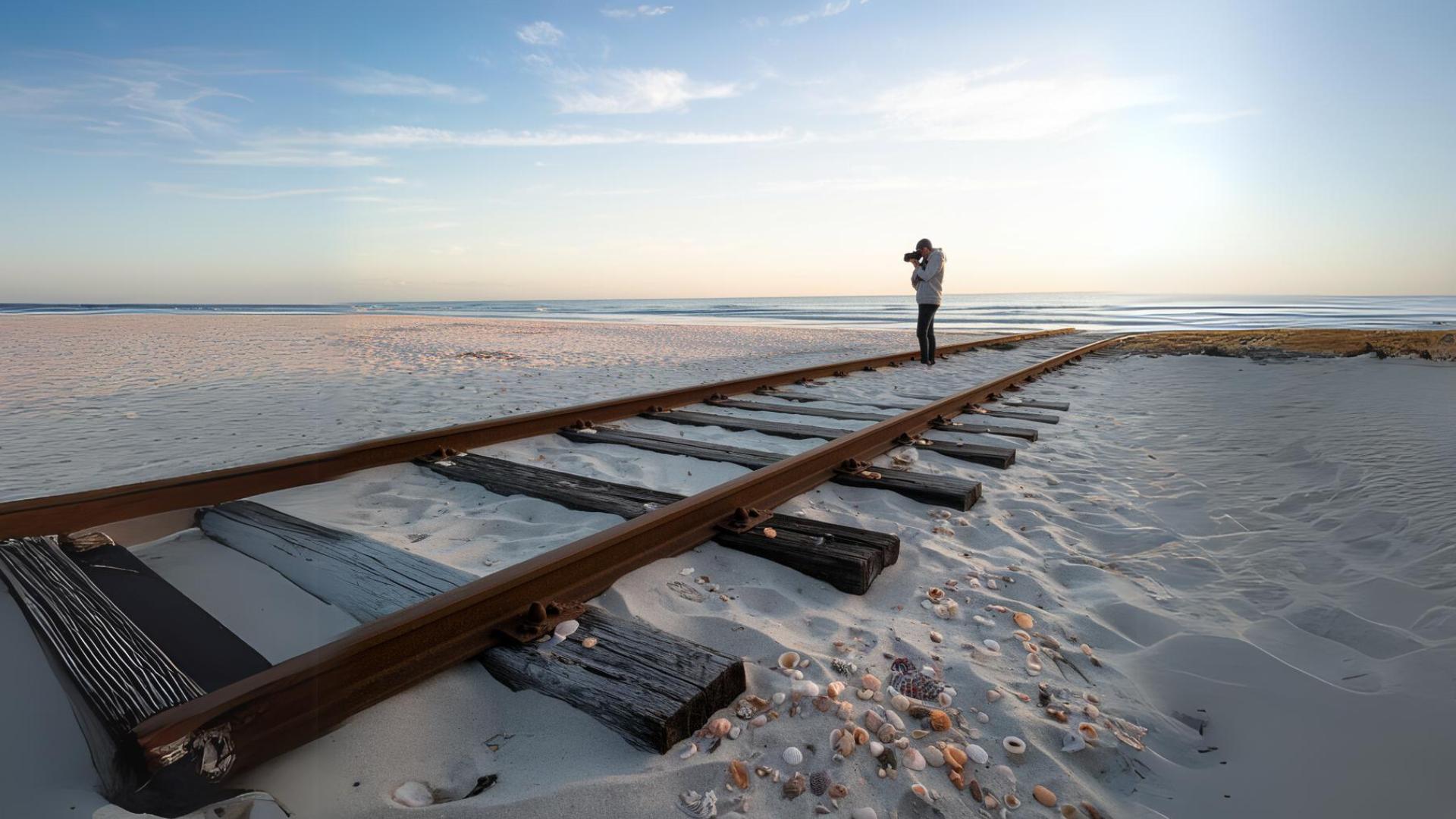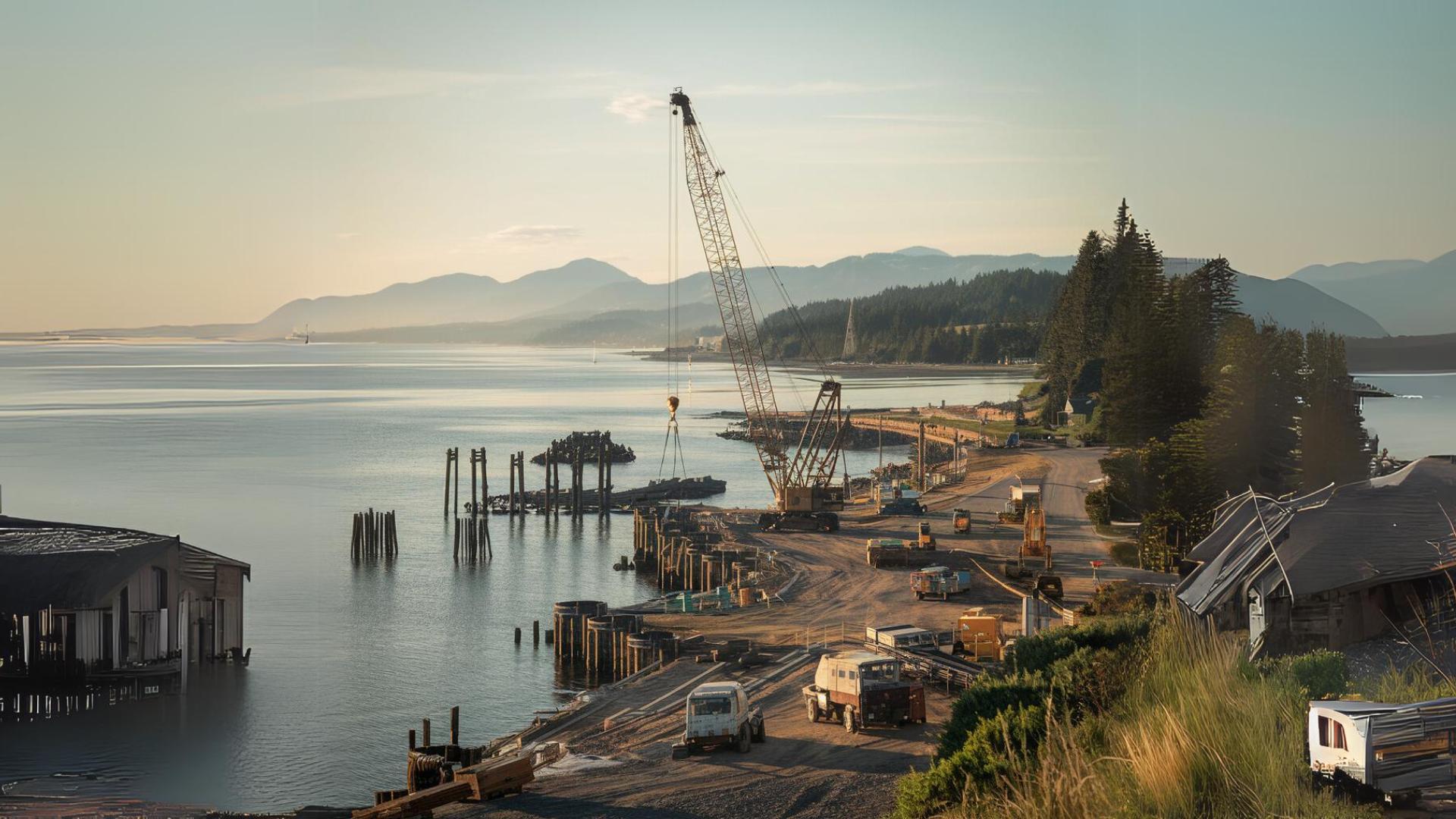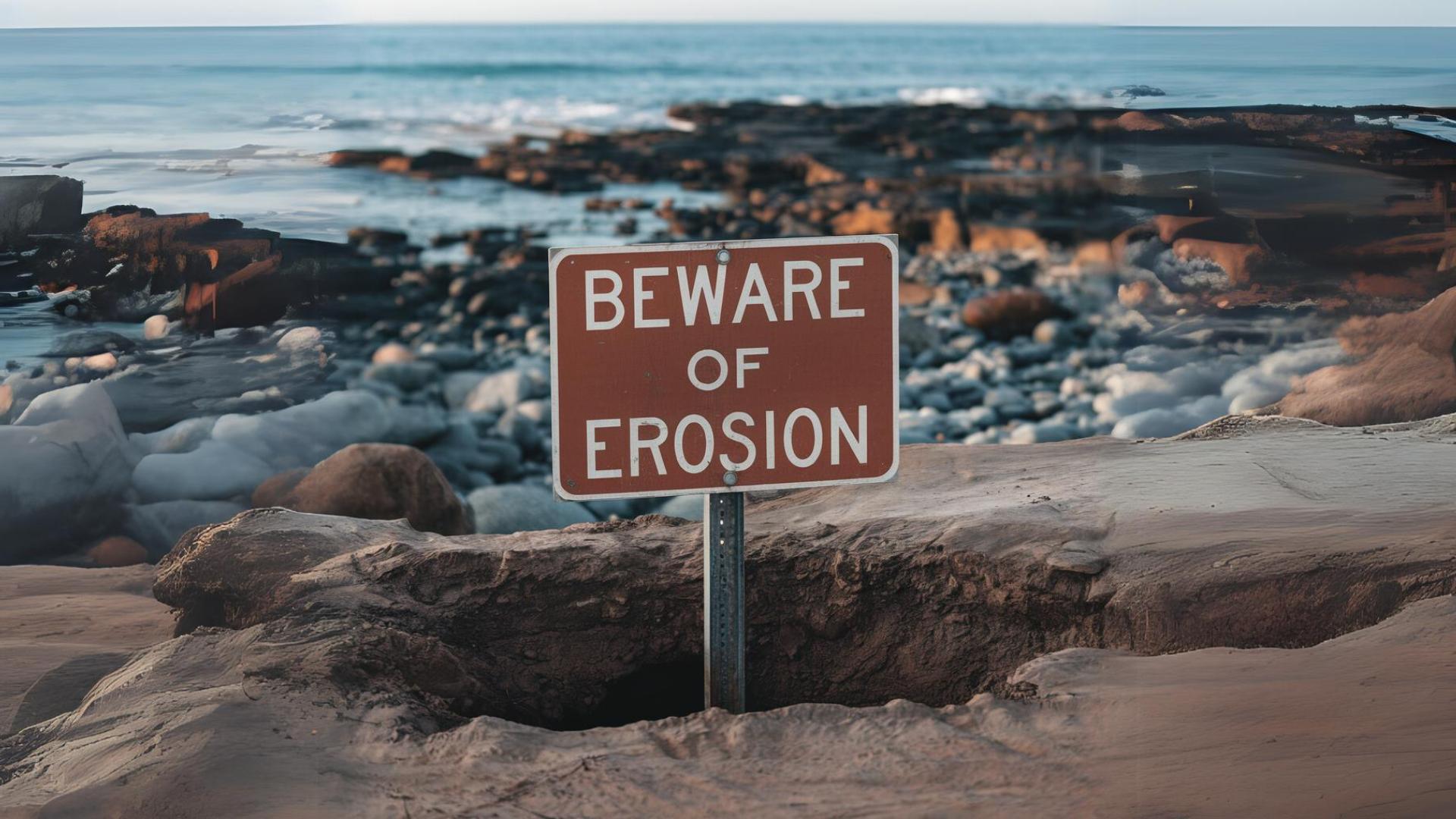On the quiet Trimingham Beach in North Norfolk, rusty old railway tracks have appeared in the sand. These tracks, partly buried, have made people curious. No one knows how they got there, and this mystery has drawn visitors who want to find out the story behind them.
What would you do? Would you stop and stare, wondering how they got there? Would you walk along the tracks, following them as they disappear beneath the sand, imagining the trains that once traveled this now-silent path? Your mind would race with questions: Who built these tracks? Why are they here, in this remote spot? And what secrets do they hold?
Theories Begin to Surface

As more people noticed the tracks, ideas about their purpose started to spread. Some thought the tracks were from World War II, used to help build defenses along the coast. Maybe they played a part in protecting the beach from enemies.
Others had different guesses. With so many theories, the mystery only grew, making everyone curious to find out the real story behind these old, rusty tracks.
Another Possibility

Another theory emerged, suggesting that these tracks were used after the war to safely move and detonate old mines along the coast. People imagined the tracks playing a crucial role in clearing the beach of dangerous explosives left behind from the war.
This idea made the mystery even more intriguing. Could these rusty tracks have once been part of an important mission to protect the coastline? The more people thought about it, the more they wondered what other secrets the beach might be hiding.
A Local Expert Weighs In

As the theories swirled, a local expert stepped in with a new twist to the story. Rob Goodliffe, who knew the coastline well, claimed the tracks weren’t as old as people thought.
He suggested they were built for a different reason, not during the war but much later. His words added to the mystery, leaving everyone to question what these tracks were really for. Could there be a hidden chapter in the beach’s history that no one had guessed? The mystery deepened, making the truth even more elusive.
The True Origin Revealed

The true story of the tracks was finally revealed. Rob Goodliffe explained that they were built in 1973, not during the war. The tracks were used to transport materials for building coastal defenses like groynes and revetments to protect the shore from erosion.
Although the mystery of their origin was solved, the tracks still hold a sense of wonder, standing as a reminder of the efforts to protect this ever-changing coastline.
Nature Takes Over

Over time, nature took over, and the tracks were buried under sand and rocks, hidden away like a secret treasure. But the sea had other plans! Slowly, the waves and wind revealed the tracks again, as if the beach itself wanted to share its hidden story with the world.
Now, these once-forgotten tracks are back in the spotlight, ready to surprise and intrigue anyone who stumbles upon them.
Turist Attraction

Now, these mysterious tracks have become the beach’s newest attraction! People are flocking to Trimingham, eager to see the rusty rails for themselves.
It’s like a real-life treasure hunt—everyone wants to snap a photo and share their own theories. What started as a hidden relic is now the beach’s coolest secret, drawing visitors who can’t resist the lure of a good mystery.
An Unlikely Attraction

Now, these mysterious tracks have become one of the beach’s most unexpected attractions! People from all around are visiting Trimingham just to see the rusty rails for themselves. It’s like a real-life treasure hunt—everyone wants to snap a photo, share their own theories, and be part of the story.
What began as a hidden relic has turned into the beach’s coolest secret, drawing in visitors who can’t resist the thrill of a good mystery.
Preserving the Mystery

As word spread, some people started to wonder if the tracks should be preserved. Should they be moved to a museum where they can be protected? Or should they stay right where they are, a part of the beach’s natural charm?
The debate adds another layer to the mystery, with some seeing the tracks as a piece of history worth saving, while others love the idea of leaving them where they’ve always been—tucked away in the sand, waiting to be discovered by curious visitors.
Walk The Line of Trimingham’s Heritage and Safety

The local council has decided to let the tracks stay where they are, seeing them as an important part of Trimingham’s heritage. However, they’re warning visitors to be careful. The cliffs near the tracks are unstable, and erosion is still a real danger.
While the tracks add a touch of history and mystery to the beach, safety remains a priority. The council wants people to enjoy the discovery but also to respect the power of nature that constantly shapes this coastline.

